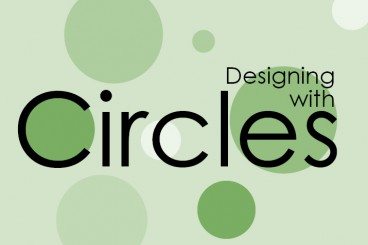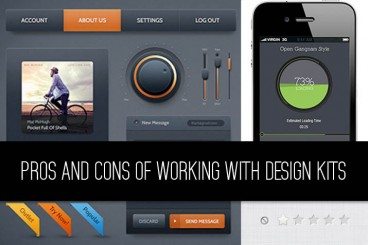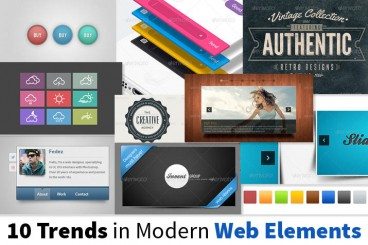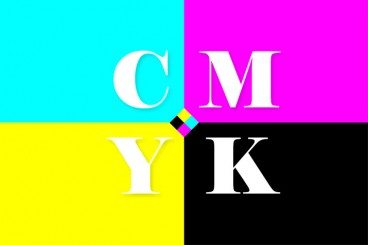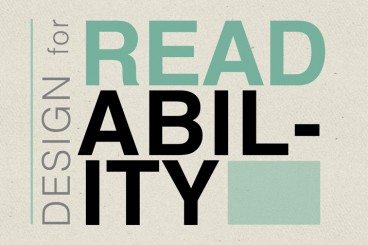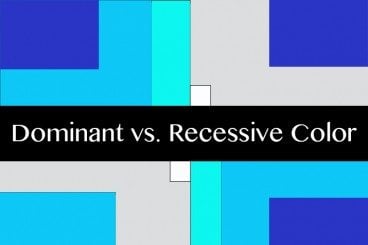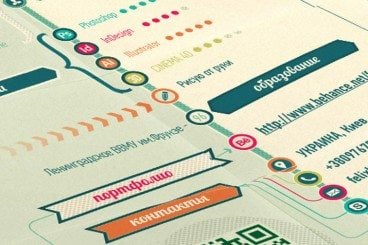
Inspiration / 8 Oct 2013
E-Commerce Website Design: 10 Interesting Examples
E-commerce design is one of the most common – and sometimes most overlooked – types of design project. Just think of how often you click “buy now” on a website.
But what makes it work? Of utmost importance in e-commerce design is user experience and the purchase flow, but more and more sites are also beginning to develop awesome design schemes as well. Here, we’ll look at ten e-commerce sites that function well, and also look fantastic.
